Building a Better Deck-Builder: Core Worlds
There’s a special place in my heart for deck-building games — it’s just that it’s a twisty, confusing place.
On the one hand, the basic concept behind deck-building is nothing less than an absolute stroke of genius. On the other, I’m one of those theme guys that can’t help but need a reason for all the sheep-shuffling, card-conscripting, and goblin-ganking that board games regularly task me with. And while it’s a hoot to listen to my Dominion-loving buddy Stephen try to explain away that game’s thematic failures by insisting on a historically plausible kingdom composed of two witches, three markets, and a half-dozen duchies, I remain unconvinced. Although there are exceptions (like Mage Knight, upon which you could read a three-part series and never guess is running on deck-built steam), this is a genre I admire more from a mechanical standpoint than because I’m actually smitten.
Until Core Worlds, that is. Because I’m in love with Core Worlds, and I don’t care who sees us making out in public.
A (Bad) Shakespearean Sonnet Upon the Topicke of “Ye Olde Core Worlds”
When I have fears that I may never play
The deck-builder of theme, layered and burled,
I recall the details I hope to convey
Of the beauty and glisten of distant Core Worlds;
There be no markets to peruse for to buy
Curse-flinging witch nor Lauket adventurer
Nor silver nor gold nor laborat’ay;
Rather, sail the stars by Nexus Explorer—
O! Lay me down by the fires of Flame Troopers
Who burn through spare cards for extra ground attack!
Pay for your tactics with genetic supers
And fight the stars with starfighter flak!
__Draw and again until you can draw no more
__Then riffle the refuse to draw once more.
Back to Modern English
If you didn’t get all that, I have two things to say to you.
First, I’m bummed, because I worked on that for like an hour and a half.
Second, Core Worlds isn’t like other deck-building games. You know, the ones with a theme half-heartedly hot-glued over the top of the mechanics, like a grade schooler realizing her finger-paint project was supposed to be a Mother’s Day present and labeling her picture of a bear in the woods with a glittering and hopeful “I LOVE MY MOM!” Like that ungrateful kid, these games aren’t fooling anyone — you might appreciate it, but you’re never under the illusion it’s something more than appears at face value.
Enter Core Worlds.
It’s About Conquering — Get This — The Core Worlds
Whatever power has heretofore governed the farthest reaches of the galaxy is beginning to collapse, leaving a dynasty-sized power vacuum that’s just begging to be filled. Each player takes on the role of a barbarian empire with their sights set on gaining all the prestige and power of the previous rulers. You do this by making your way towards the Core Worlds themselves, gradually passing from distant frontiers to wealthier and better-defended industrial and luxury worlds, gaining strength by retrofitting broken-down cruisers and starbases, convincing heroes and traitors to join your cause, and recruiting the vilest mercenaries, strangest mutants, and toughest soldiers to fight for a better tomorrow — so long as we take “better” to mean “ruled by you.”
And the coolest thing about Core Worlds is that it’s a near-seamless integration of deck-building and theme. Instead of building the most unbalanced kingdom in the history of all monarchies everywhere, you’re filling up your deck with the best tech, military doctrines, and fighters you can get your hands on, and then using them to conquer the ever-loving shit out of various planets. For instance, up above you can see that the world of Osiris, a “barbaric” planet beyond the defensive purview of the empire, is getting royally messed up by a squadron of Snub Fighters and a Heavy Machine Unit that spends energy to blast everything into microscopic (and mildly radioactive) refuse. This is a good early-game get for our empire, as Osiris not only produces a bit of energy (represented by the yellow number at the top left) that we can use to draft more cards into our deck or recruit those cards into our Warzone, but it’s also strategically valuable (note the red victory point in the top right).
Also, the sheer variety on display is staggering. Not only are there puny infantrymen and fragile starfighters, there are also Flame Troopers who use extra cards from your hand as fuel to deal more damage, Hubris Missile Crawlers that blast enemy ships from the ground, terrible robots that are as adept at ground combat as they are in the sky, massive capital ships capable of dealing with a planet on their own, Stealth Hawks that don’t reveal their position until the last minute, and strange prototypes like the Supreme Brain that lets you draw piles of extra cards or the Genetic Super Soldier that pays for your tactics. You can make alliances with native tribes in exchange for help overthrowing their world’s rulers, make use of drones that can draft cards out from under your opponents’ noses, rile up your population’s pioneer spirit for combat bonuses, or employ smugglers to steal energy from your enemies.
In addition to all shapes, sizes, and dispositions of units, there are loads of worlds to conquer, many of which hold value beyond their energy and victory points, such as manufactories that decrease the cost of certain types of troops or the ability to draw an extra card at the beginning of each round. And since the price of units and difficulty of planets gradually increases depending on which of five sectors you’re currently invading, there’s never a problem of those prices or defenses being disproportionate to your level.
Unless you screw up, that is. There are lots of ways to go about doing exactly that. Like most deck-building games, Core Worlds doesn’t contain much direct conflict. Your empire can’t declare war on your spouse’s empire, for instance — these are distinctly passive-aggressive barbarians when it comes to inter-barbarian diplomacy. Even so, there are plenty of actions you can take to get ahead — the problem is in deciding which one to do right now.
For Example…
The round has just started, and over the previous round you deployed a healthy contingent of troops into your Warzone. Your opponent is still building up his military, though there is one weaker world he could manage to conquer right now. Something tricky occurs to you: Do you invade that less-valuable planet to keep it from falling into your enemy’s hands, even though you could go after something a little better, and hope you can build up to take the better planet too? The danger of this plan is that anything you use to conquer a planet is cycled back into your discard pile, meaning you’ll have to draw and deploy it again later. If the plan works, your opponent might not be able to acquire a world at all this round, setting him back and giving you a considerable long-term advantage. However, this plan could also dramatically backfire: maybe he’s holding some powerful troops that he can deploy to snatch the more powerful planet while you’re busy occupying weenie world, thus reversing the situation entirely.
That’s not all. Are there any cards worth drafting into your military, and should you gobble those up first, or hope he ignores them so that they’ll become cheaper in the next round? Or should you forgo conquering and drafting entirely and build up your strength because you’ve come to the border of a wealthier sector? And if you‘re going to draft a card, which one should you take — do you need another ultra-powerful star cruiser, or are your ground forces beginning to lag behind?
In Core Worlds, there’s always more to do than you have the resources to accomplish.
Now, as good as Core Worlds is, I really have to recommend the expansion, Galactic Orders. Now that I’ve gotten used to all its additions, I can’t imagine playing Core Worlds without it.
See, the original game had a couple minor problems. For one, things could become a little more predictable and deterministic than you’d expect of a massive invasion of a galactic empire, which gave you a fairly reliable idea of who was in the lead at any given time. The other problem was that most players didn’t bother conquering anything in the first sector, preferring instead to build up their fleets for the much juicier Frontier Worlds. This meant that even with the pre-game draft that lets you customize your deck a little bit, players had largely homogenous and boring decks for a significant portion of the early game, and all the interesting cards from the first sector went largely unused.
Galactic Orders solves all that.
The first problem is fixed by the addition of events. These are generally helpful early on: extra enthusiastic troops as they begin conquering the galaxy, barbaric allies who let you play your starting tactics cards more easily, ancient ruins filled with spare energy, imperial defectors who help you gain more actions — those kinds of things. Later on though, even the best laid plans can be disrupted as the galactic empire fights back with Republic Patrol Units that force you to discard troops from your Warzone, Convoy Raids that make drafting new cards even more expensive, and Industrial Disruption to slow down your military growth; not to mention the meddling of space pirates, mercenaries, robot revolts, nebula flares, and more. As a result, you’re forced to be more flexible as you react to a constantly fluid situation.
The second issue, that everyone ignored the first sector, is aided by the fact that you really want to start drafting and deploying cards as soon as possible, because the titular Galactic Orders, organizations like the Mining Coalition and the Science Guild, have decided that their best bet for survival is to ally with the encroaching barbarian empires. When you deploy a unit or employ a tactic, you get to place a faction token on the Order that corresponds with the little symbol on that card — and now you’ve curried influence with that particular guild, which you can trade away in exchange for favors. The Merchant Alliance helps you pay for some troops, for instance, while the Order of Knighthood is happy to lend a hand towards conquering a planet, the Science Guild loves helping you learn new tech, and the Mining Coalition will send some energy supplies your direction. Even the Galactic Senate itself can be finagled into helping you out.
Furthermore, since Core Worlds is all about making tough choices, cashing in these favors isn’t necessarily a good idea, since dominating an Order will grab you extra victory points at the end of the game.
Hijacking the world-cracking Goliath before your opponent can and then using it and a Mech Annihilator to wipe out all resistance on the core world of Indra for the win is a unique delight, and it means my final score is that Core Worlds is easily my favorite deck-building game, representing exactly the foundation I hope future deck-builders will strive to build upon. Not only is it thematic, which so many games in this genre completely fail at, but it’s a solid and exciting experience in its own right.
Posted on June 5, 2013, in Board Game and tagged Board Games, Core Worlds, Stronghold Games. Bookmark the permalink. 16 Comments.
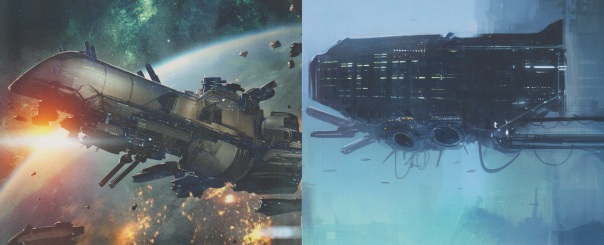

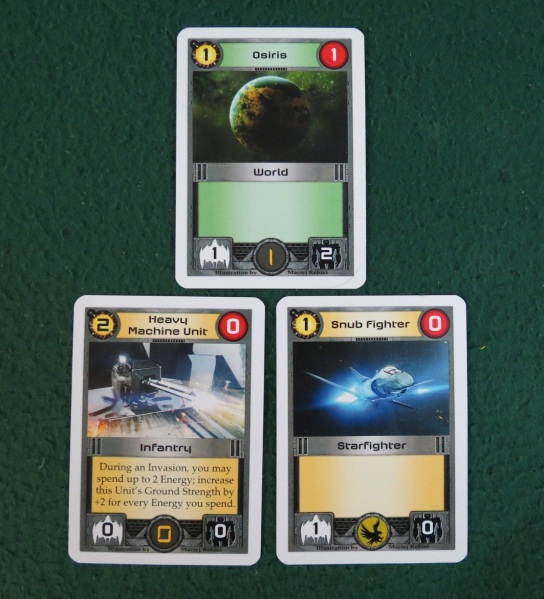
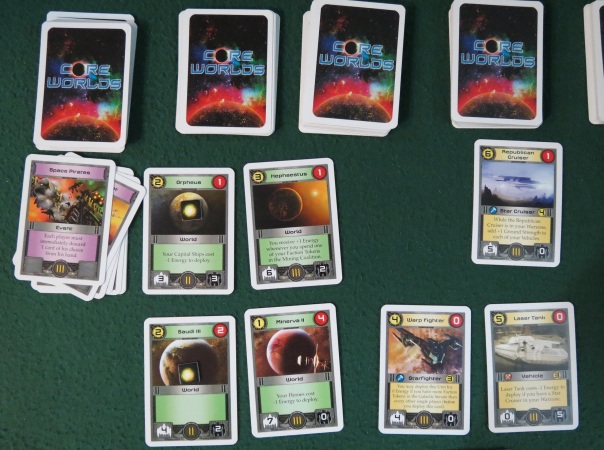

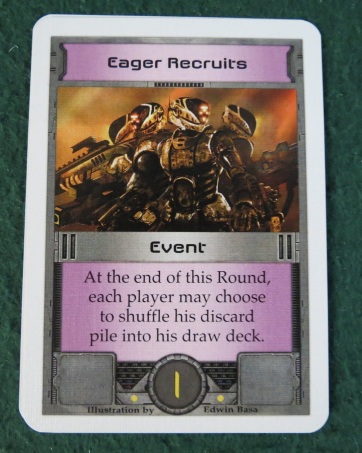
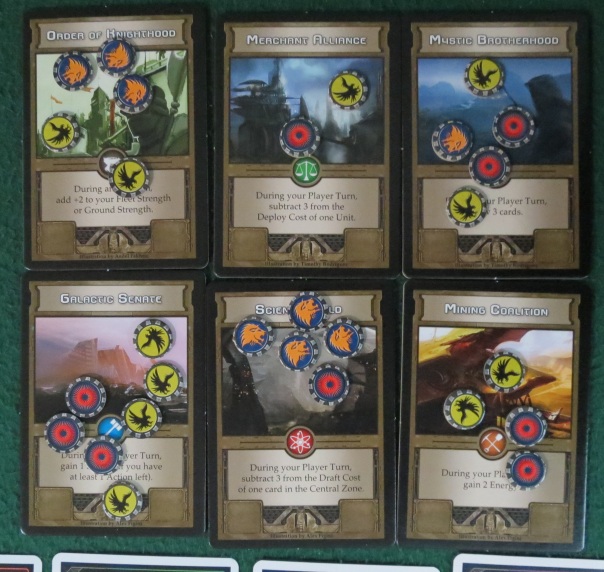
Great article…I really don’t need another game on my list though!
Thanks! (and I understand)
I concur. Good review, but you make me want too many things. If this continues, I will want all the games.
Core Worlds is definitely worth the shelf space!! Just wait until you try out the expansion, makes a good game, perfect!!!!
I agree, Galactic Orders completely rounds it out!
I’ve actually played this one!
And yeah, it’s pretty damn fun. 🙂
Way to go, Dale!
It’s totally addicting too. Hard not to say Core Worlds!!! When people at game night ask what we should play.
So finally I convinced the wife this was a game for us 😀 Bought it with Galactic Orders and Revolution.
Congratulations! The base game and GO are definitely worth it. I’m not as convinced about Revolution, though it’s about 50% great. Review upcoming.
Damn, son, “burled”? Never before have I seen a rhyme that is simultaneously the perfect imagery for how considerations of theme complicate but add texture to mechanical systems while being the biggest fucking stretch possible. Good work.
I may have unhinged my shoulder with that reach, haha.
Pingback: Best Week 2013: Expanded | SPACE-BIFF!
Pingback: Best Week 2013: The Index | SPACE-BIFF!
Pingback: A Salvo of Space Expansions | SPACE-BIFF!
Pingback: Baby, It’s Cold Outside | SPACE-BIFF!